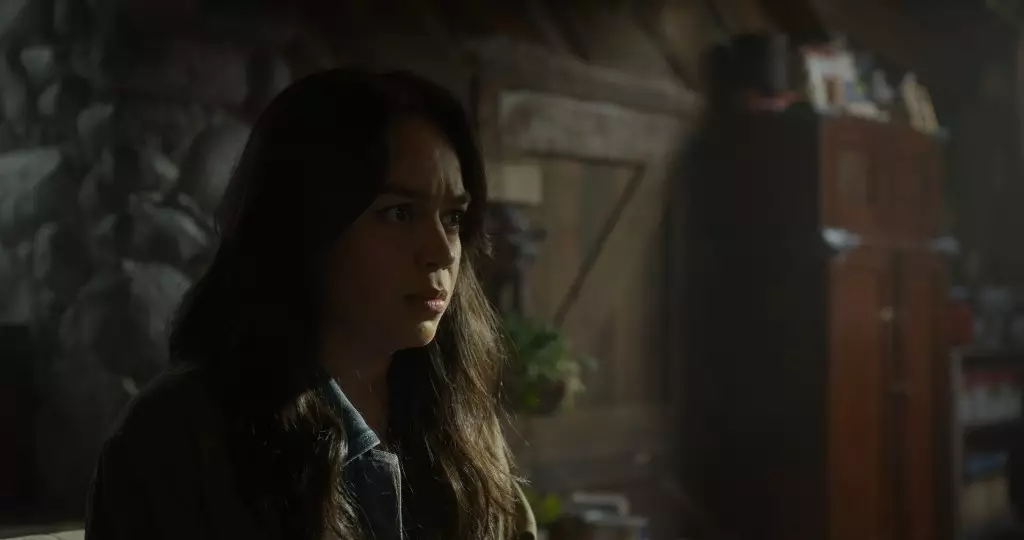With the release of “Final Destination: Bloodlines” set for May 16, fans of the iconic series are buzzing with excitement. After 25 years of intense, imaginative storytelling about the inescapable nature of death, Director Zach Lipovsky is introducing changes that aim to reinvigorate the franchise. This upcoming installment not only promises to deliver the spine-tingling suspense fans love but also explores novel narrative devices that could redefine how we understand the relationship between life, death, and destiny in the horror genre.
Time Travel and Twists: A Revolutionary Premise
One of the most intriguing elements of “Bloodlines” is its creative leap back to 1969 for its initial premonition. Traditionally, the “Final Destination” series captivates audiences by portraying a series of tragic, intertwined deaths that unfold in real-time. However, Lipovsky’s decision to start the film in the past raises the stakes for viewers. By juxtaposing these historical events with contemporary characters illustrates how the repercussions of Death’s designs linger through generations. This non-linear storytelling is a bold move and significantly enhances the psychological depth of the narrative, providing a fresh perspective on fatal inevitability.
Complexity in Character Arc
The film centers on college student Stefanie, who is tormented by a recurrent nightmare, driving her to seek out a figure from her past who holds the potential to halt the impending doom that looms over her family. This character’s complexity is crucial; as she navigates the treacherous landscape between fate and free will, her personal journey gives viewers a relatable anchor amidst the horror’s chaos. Having a protagonist driven by not just survival but also a quest for understanding the mechanics of her reality adds layers to an otherwise straightforward horror narrative.
The Thrill of the Unexpected
Lipovsky emphasizes the thrill of unpredictability within “Bloodlines.” He hints at a departure from the expected death sequences—paradoxically, we might think we know who will perish next, but the film will continuously subvert those expectations. This commitment to defying tropes could lead to a more engaged audience, one that remains perched at the edge of their seats, mentally predicting the next stunning twist. Historically, the allure of the series lies in its ability to evoke shock; any attempts to enhance this core element can only enrich the experience.
A Horror Renaissance
The trailer’s astounding success, racking up over 178.7 million views in its first 24 hours, suggests a compelling anticipation and signals the audience’s desire for innovation in horror cinema. “Final Destination: Bloodlines” uniquely captures a renaissance within the genre, blending nostalgia with modern storytelling techniques. As horror fans clamoring for both shock and substance in their cinematic experience, the series’ evolution promises to spark discussions around mortality, destiny, and human resilience against the seemingly indifferent universe.
In this transformative chapter, “Final Destination: Bloodlines” invites the audience to reflect on more than just fear; it portends a deeper exploration of connections and complexities woven into the tapestry of existence itself. Through creativity and bold narrative choices, the franchise may not only scare but also inspire, making an indelible mark on the legacy of horror storytelling.
